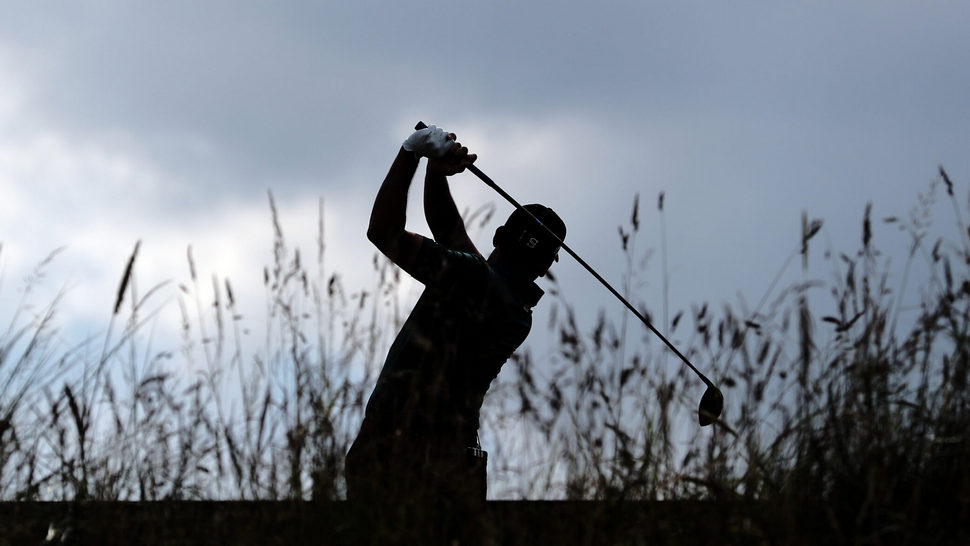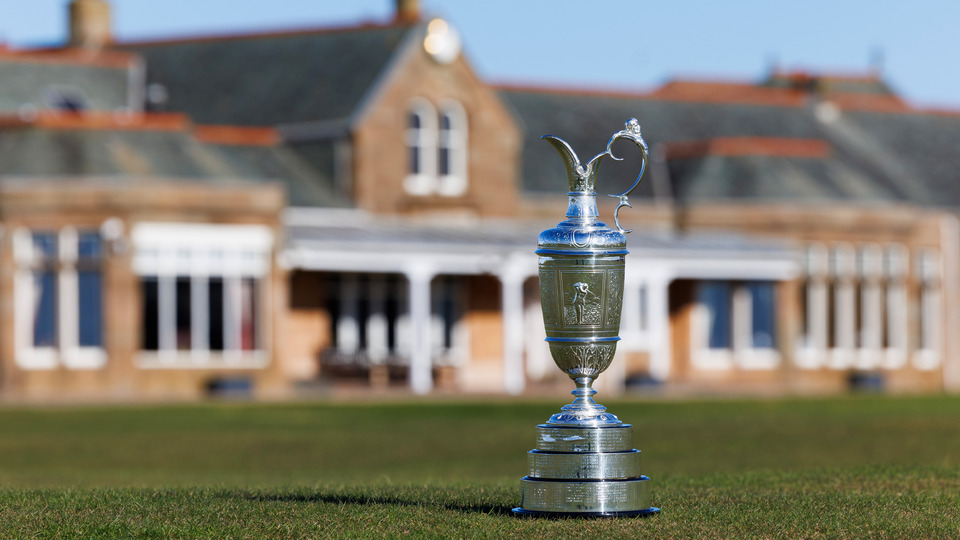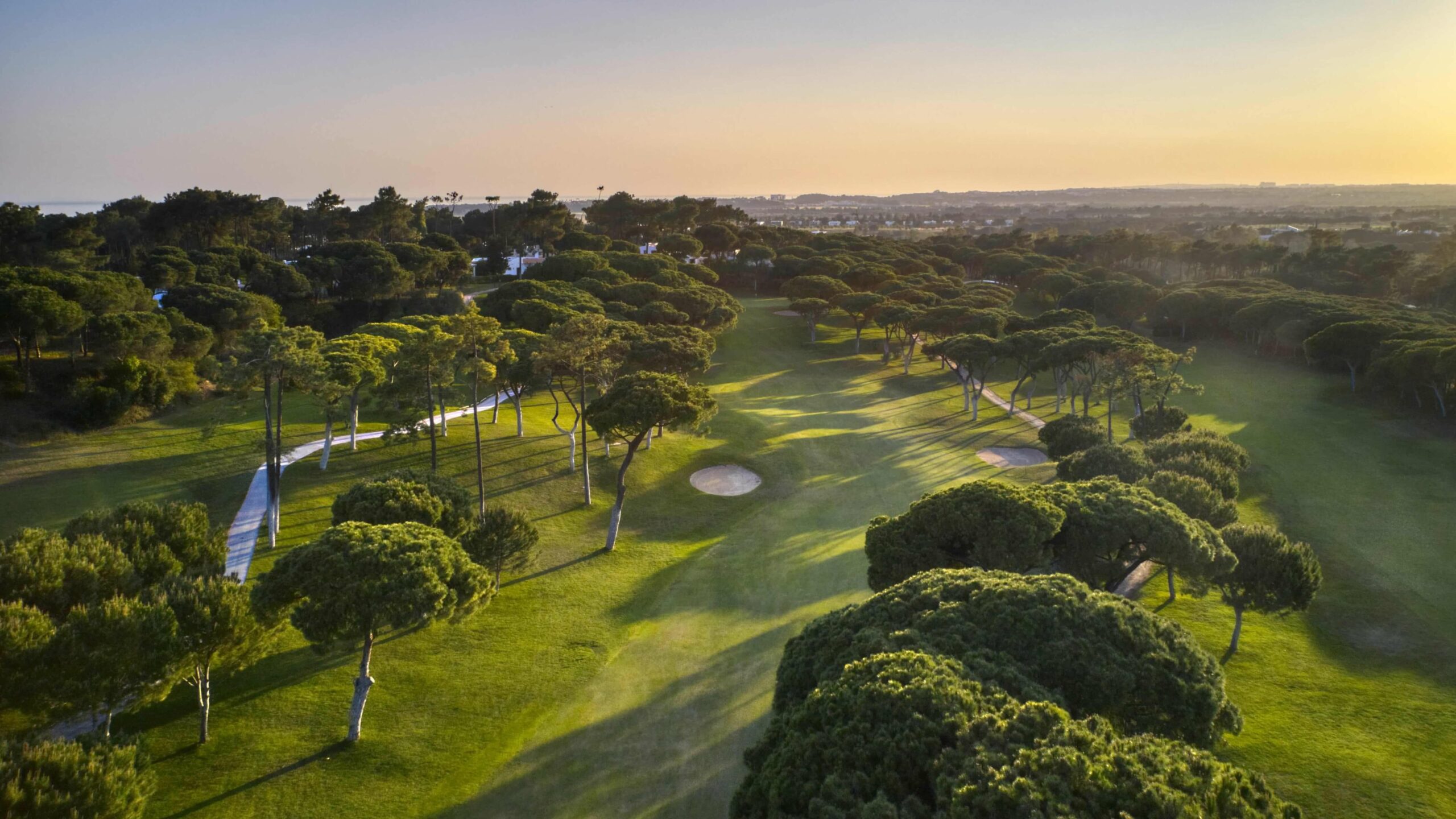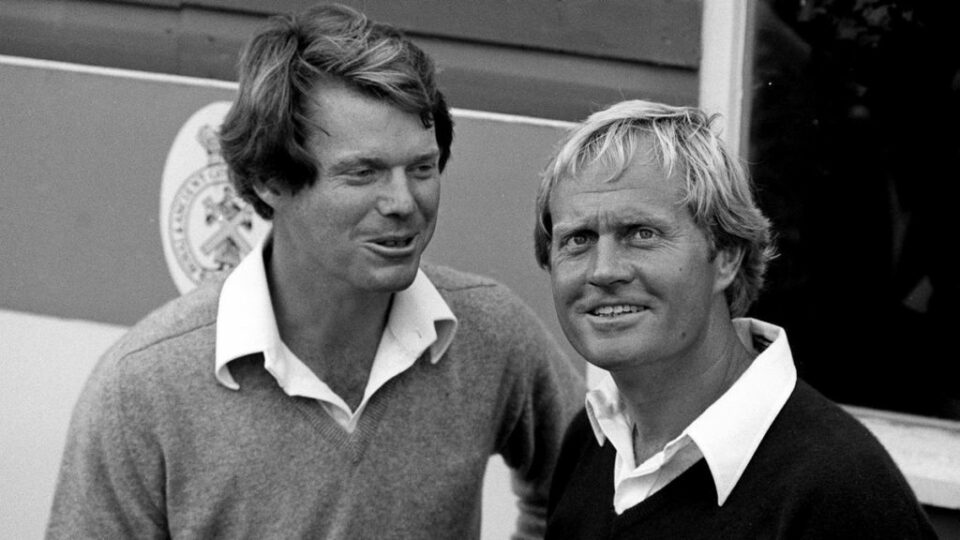KIAWAH ISLAND, SC. This week's return to The Ocean Course at Kiawah marks nearly 30 years since the famed 1991 Ryder Cup Matches were played at the renowned Pete Dye designed layout.
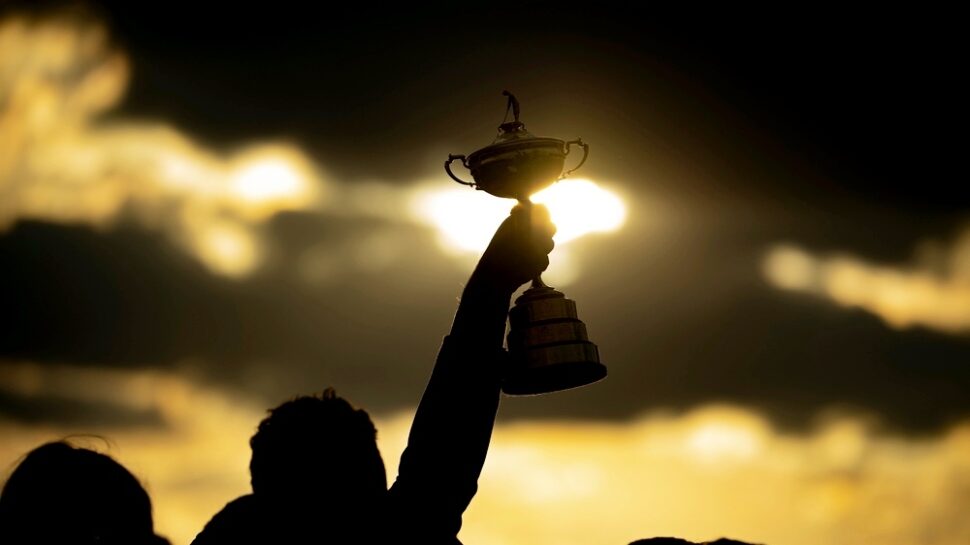
The lead-up to the event was noteworthy for a whole host of reasons.
First, the site itself was unprecedented. When the PGA of America announced the location for the '91 matches the course had not been built. What many may not remember was that originally the matches were planned for the Stadium Course at PGA West in the California desert. However, because of the numerous time zones between the USA and Europe a location on the east coast was needed to facilitate the needs of a wider television audience.
To expedite matters Dye was called upon to start and complete a course within a two-year period. As the course was being constructed roads were closed for weeks when Hurricane Hugo struck the greater Charleston area in 1989. Amazingly, Dye took a boat to the island to join his crew as they used bulldozers to raise leveled dunes. There was little question the dice was indeed being rolled on such an ambitious effort but Dye did finish the project with little time to spare.
Second, the USA squad was determined to win back the Cup for the first time since the '83 matches. The urgency was there -- so was the added inner pressures. What had been a foregone ritual of past American squads routinely winning was now a big-time tussle with a European team no longer in fear of the American side.
Third, the European team had no idea when arriving how the intensity meter would ratchet upwards to levels never seen. The '91 event was played just seven months after the end of the Gulf War. Incredibly, the PGA of America opted for a poorly conceived marketing slogan for the event -- "The War by the Shore" -- inexplicably linking the nature of actual combat to a golf event.
Additionally, some of the U.S. players wore camouflage hats on Day 1 in support of the military. The opening ceremony also featured a military flyover, a Marine honor guard and a drill team from The Citadel. All jingoistic elements that founder Samuel Ryder would never have envisioned or approved of. President George H.W. Bush appeared on television during the opening ceremony saying he was hoping for an American victory. In addition, Vice President Dan Qualye attended the matches.
Complicating matters was a local disc jockey who found where the European team was staying and decided to provide "wake up" calls at 3 AM each day courtesy of a maid in charge of servicing the rooms who had sold the respective telephone numbers of the players to the radio station.
For the European team and overseas visitors, the notion of the matches simply being a golf exhibition between talented teams escalated into the need for personal validation with good will taking a backseat.
Given the stakes involved -- network television opted to cover the event live for three days -- something that had never happened previously. Although the event pitted a USA v European team match - the eyes of the sports world were focused on the happenings from Kiawah Island.
The Europeans were dogged in doing everything possible to return home with the Cup. The shotmaking brilliance of Seve Ballesteros and his playing partner Jose Maria Olazabal were on full display. But the American squad was equally up to the challenge and led by Hall-of-Famers Ray Floyd, Lanny Wadkins, Hale Irwin and Fred Couples.
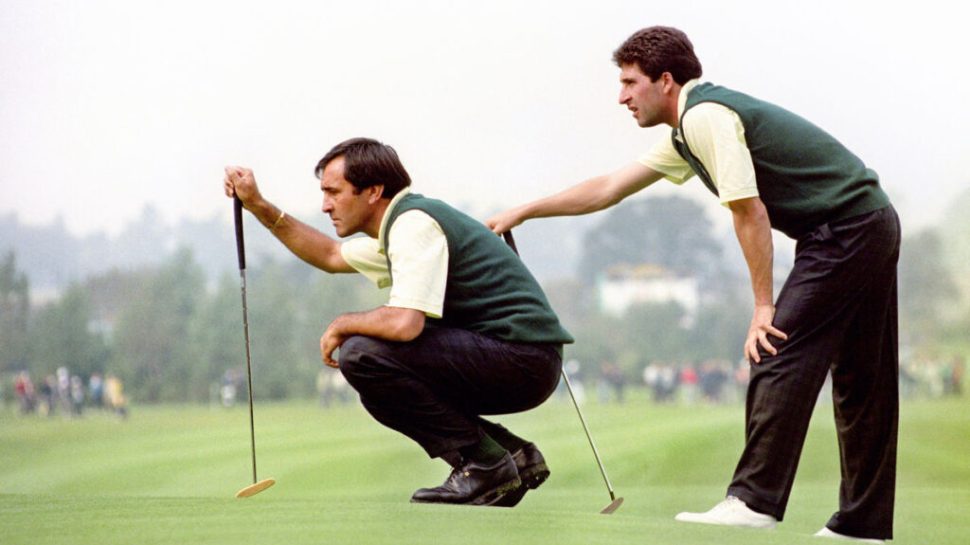
Every full point earned was a major emotional boost but the injection of gamesmanship and over exuberance only pushed each team further and further away into their respective corners. Without question, the mantra had inevitably spawned an "us versus them" mentality.
The outcome was truly something fashioned out of a Hollywood movie. Tied going into the final day's singles matches which produced various highs and lows. The most dramatic involving American Mark Calcavecchia who had what appeared to be an insurmountable lead against Scotsman Colin Montgomerie. Four up with four to play it seemed almost certain Calcavecchia would win a full point. Then the reality wall struck. Calcavecchia imploded and could not close the deal.
The ultimate sign of the crash took place at the devilish par-3 17th. After splashing his initial shot and watching Montgomerie follow suit -- Calcavecchia proceeded to hit another wretched shot in the water and when faced with a two-foot putt to win the match -- missed. The meltdown reached its crescendo when the American lost the final hole resulting in a tie match. Calcavecchia was so inconsolable that he nearly had a nervous breakdown from the episode.
The result hinged on the final match -- going to the 18th hole -- and settled with the last putt. German Bernhard Langer faced a six-foot putt to determine the contest and when he missed the deep sigh of relief from the winning USA side was an unleashing of emotions unparalleled by anything an American team had ever experienced. For the Europeans the defeat was a tough pill to swallow but one that served as a catalyst in the years to come.
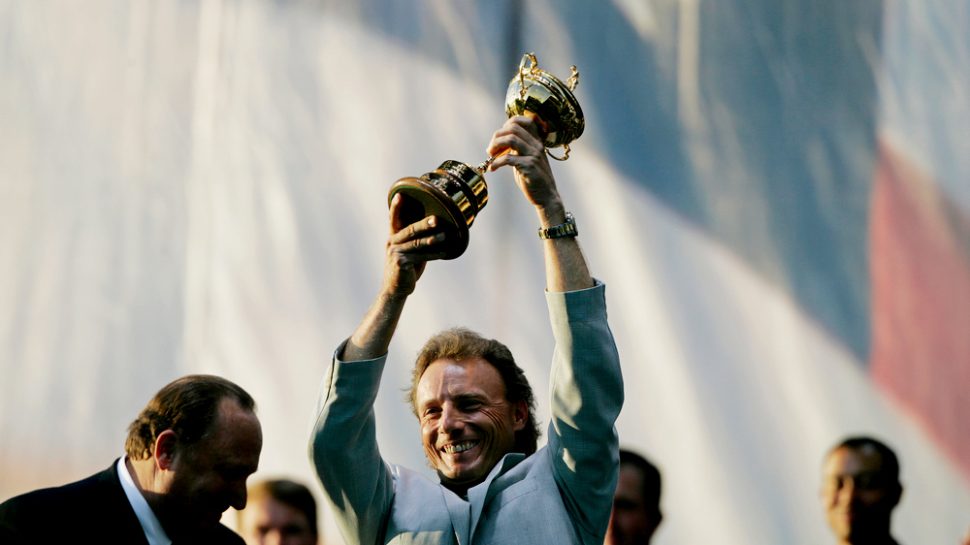
The Ocean Course's entry into the eyes of the golfing world was only just getting started as various other professional events would visit the Kiawah location -- most notably the '12 PGA Championship won interestingly by Northern Irishman Rory McIlroy -- a mainstay of the existing European team effort.
But, the '91 Ryder Cup Matches were the launching pad for what has since followed. What was once a dull uneventful competition that featured continuous wins by the USA team had changed dramatically when Team Europe entered the orbit.
Unfortunately, what was spawned at Kiawah only served to escalate tensions between the teams throughout the 90s. Partisanship from the fans attending the events also became more belligerent with invective focused on certain players.
"It was a bit inflamed, I think, by the media and the war at the shore nomenclature I did not like," said Irwin. "Having lost there -- spurred me on to try to win the next one -- to be involved with the next one - in trying to make the team for the next one," said Montgomerie.
1991 at No.1
The Ocean Course also elevated the sterling career of Dye to even greater heights. There had been other earlier superb designs by the gifted architect but his wherewithal to fast-track the creation of a layout with no track record until its debut at the 1991 Ryder Cup was nothing short of magical.
Once again, the eyes of the golfing world will fixate on this special piece of land in the South Carolina low country. The spirit of Pete and Alice Dye will hang in the air and the shadows of that memorable 1991 Ryder Cup Matches will linger here for as long as golf is played.
